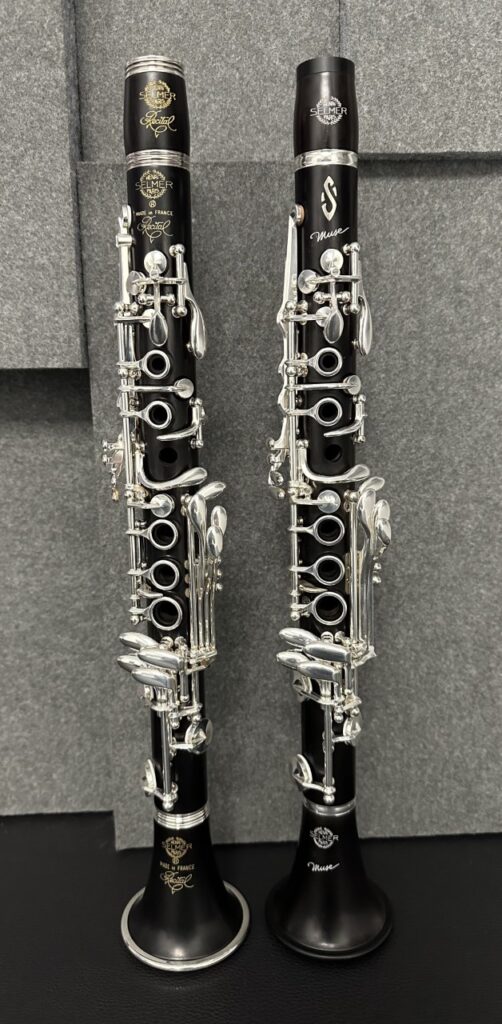Clarinet Duet Tips for Beginners
It’s Solo & Ensemble season, which means many band students are in the process of preparing and performing their first clarinet duet!
Whether these duos are for two clarinets or clarinet and other instruments, here are a few tips to help you achieve a Superior rating!
Preparation
- Find a well-matched duo partner. Duets are the most fun when you find other musicians who are willing to commit similar amounts of time practicing and rehearsing. Be clear about your goals and expectations to avoid any issues down the road.
- Choose an appropriate duet for your skill level. Make sure that the duet you choose isn’t too difficult for either (or both) musicians. I recommend starting out by reading through some duets in the Rubank Method, and there are also other books such as the Selected Duets for Clarinet (compiled and edited by Himie Voxman).
- Study the score. As you practice your part, be sure to study the score to see what the other part is doing musically. Make sure you know how your part fits in with your duo partner’s part, and don’t be afraid to write in cues or other notations as reminders to yourself. (This is especially helpful if you are both reading off your own parts instead of sharing the score for performance.)
- Learn both parts (optional). While this is certainly not required, I like to prepare both parts so I can record myself playing the duo part. This way, I can play along with the recording, and I feel more prepared going into the first rehearsal.
Rehearsing
- Use a metronome. If you’re not used to playing along with other musicians, it might be overwhelming at first. I recommend using a metronome so both of you can listen to the beat. Once both musicians are comfortable with their parts played together, turn off the metronome and work from there.
- Use nonverbal communication. Musicians use different types of nonverbal communication when playing together, such as cues, breathing, and eye contact to stay in sync during performances. Decide who will give the cue to begin (this is usually the 1st part), and practicing cuing and entering the beginning of each piece and movement. Once you are comfortable with your part, try to look up occasionally to maintain eye contact and watch for breaths or other cues so you stay together.
- Balance and blending. When playing with other musicians, you want to be sure that one musician is not louder or softer than the other (unless indicated by musical dynamics). As you rehearse, make sure that both of you are playing at similar volumes, and focus on matching your sound as much as possible.
- Tuning. Here’s a tuning secret for ensembles – the key word is compromise. It doesn’t matter who’s right (aka who’s “in the green” or matches the tuner). When playing with other musicians, all musicians must constantly listen and actively adjust to match the others. This will take time and practice. If you hear that something sounds out of tune, adjust to try and match. (Here’s my complete guide on clarinet tuning with more tuning tips.)
- Incorporate performance practice. Make sure you are adding performance run-throughs to your rehearsal time. During these, the goal is to “perform” the entire duet without stopping, no matter what happens. This will help mentally and physically prepare you for any mistakes which might occur so you can learn to regroup and refocus during performance.
I hope these tips help your prepare and perform your first clarinet duet!
Leave a comment below with any other tips or tricks that helped you with duets.

2 Comments
Annelies
Another tip: Ask your duo partner for feedback. Be completely open and honest to yourself and to your partner about your performances. Try to agree on how a piece should be excexuted musically.
jennyclarinet
Hi Annelies, this is a great tip! Thanks so much for sharing :)